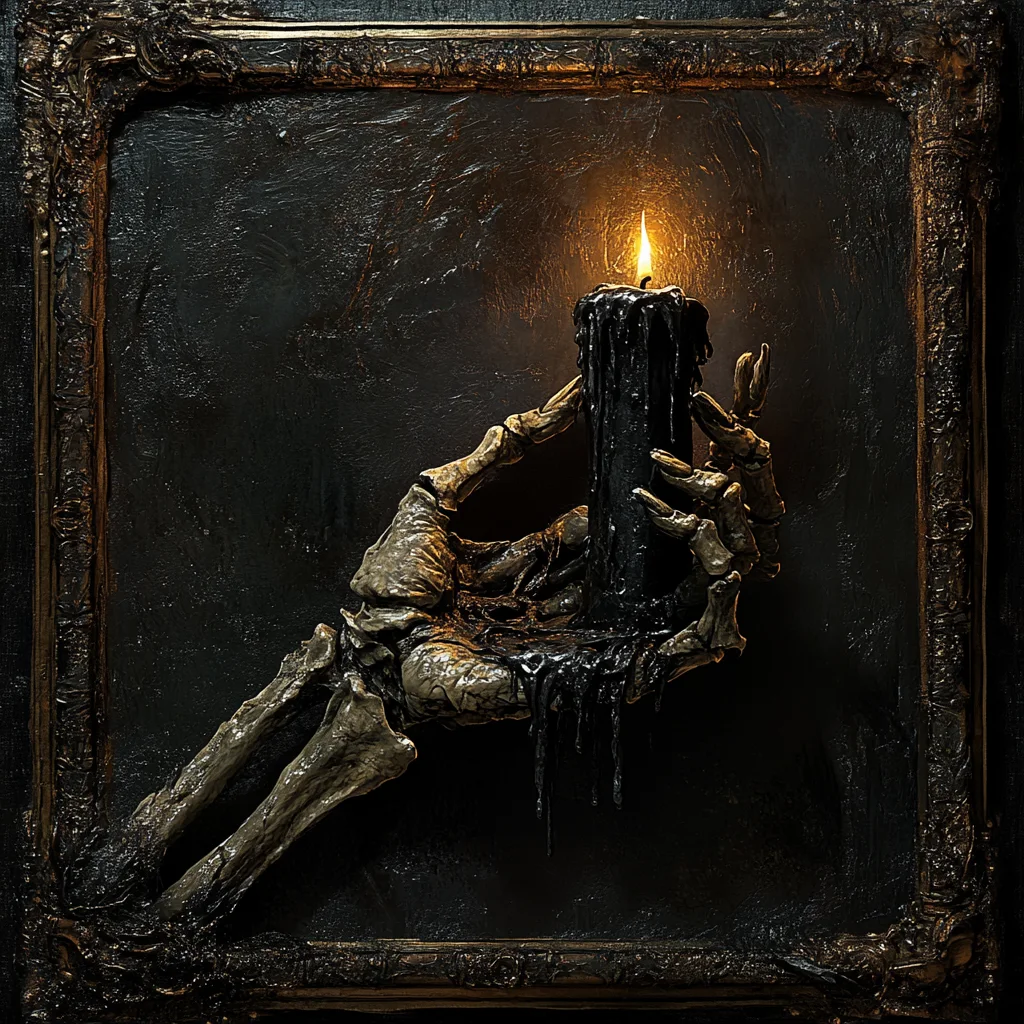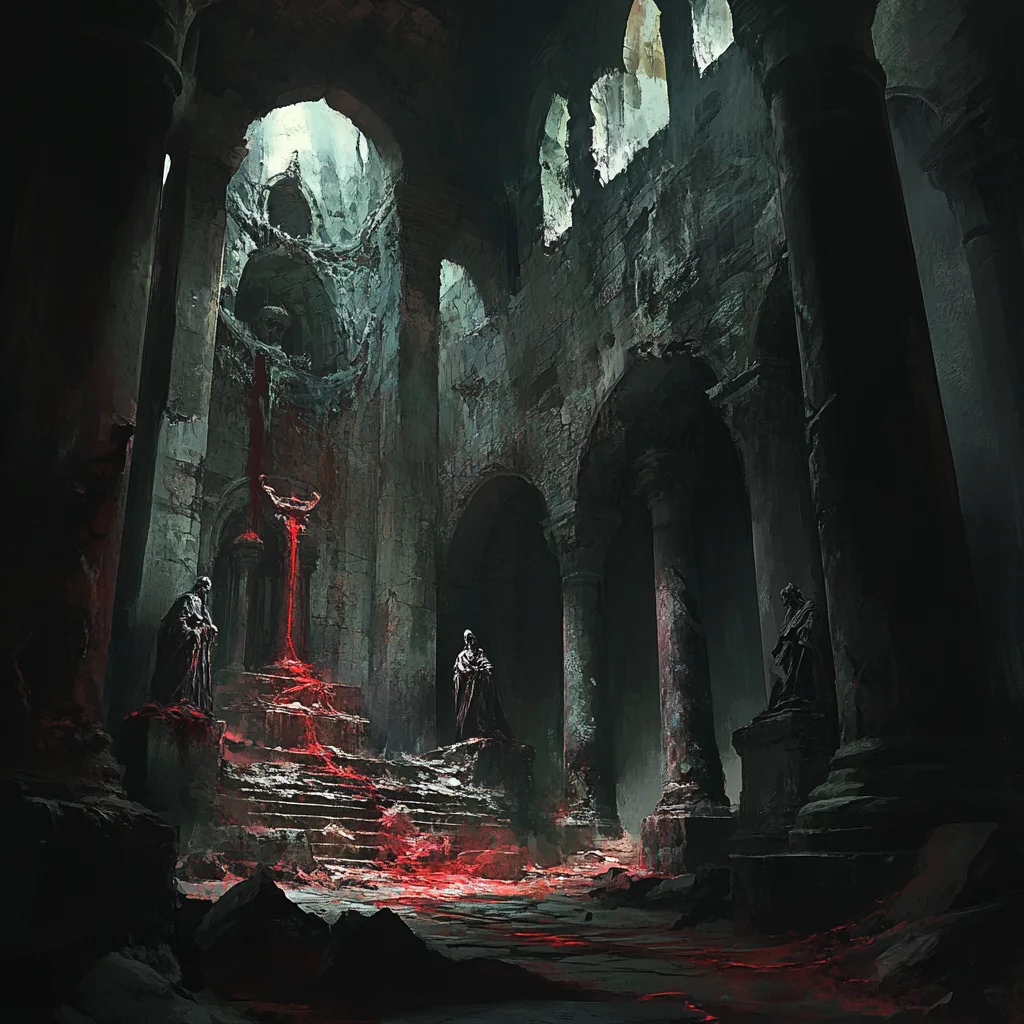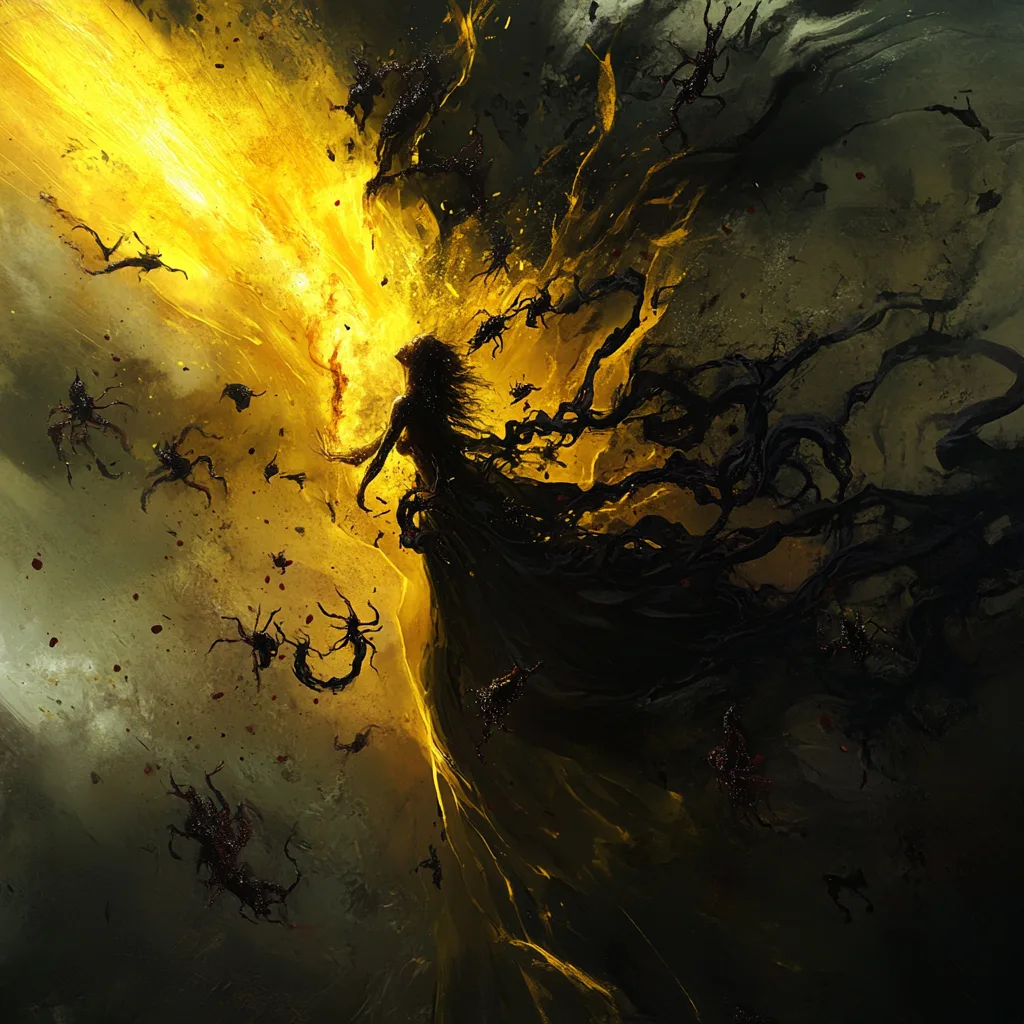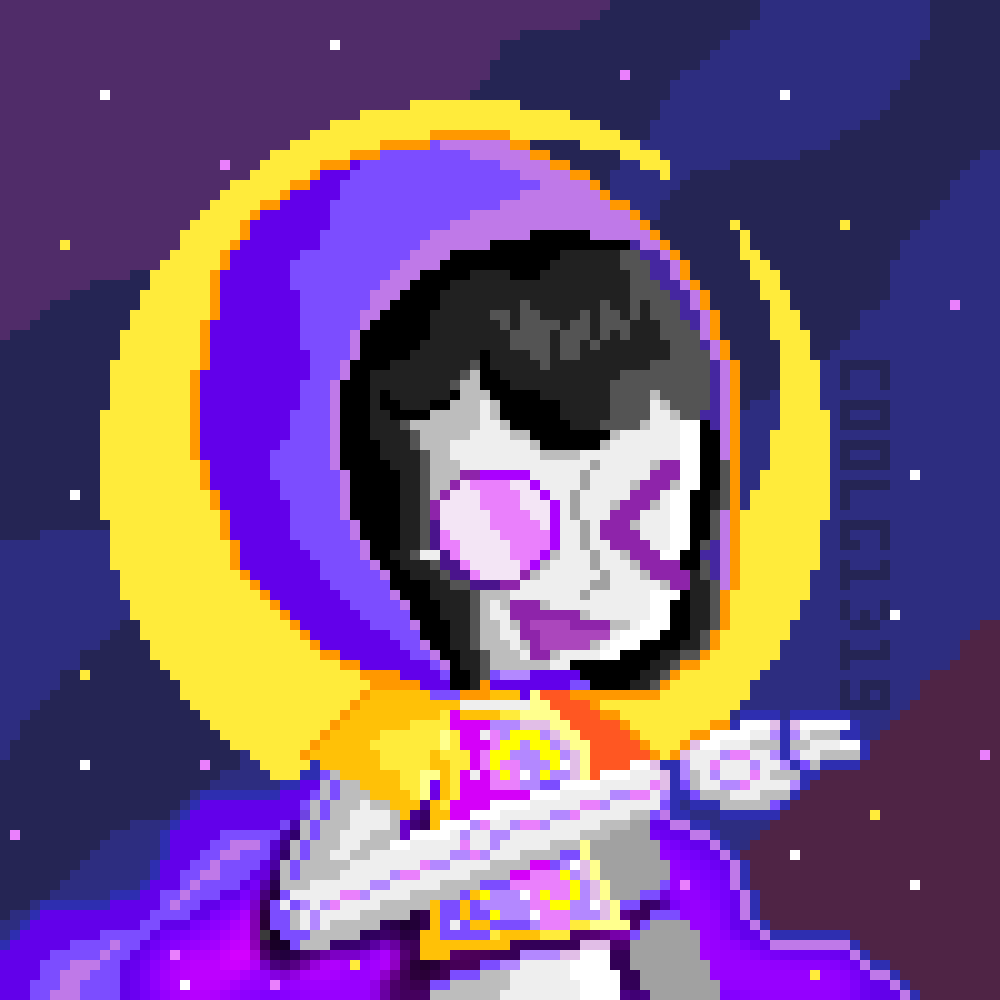Mioran
Pain burns away delusion; madness makes us pure
Introduction
The Maiden of plagues is one of the most fearsome deities of the pantheon. Her command over diseases and madness makes her equally feared and revered throughout Kena'an. Despite her chaotic nature, Mioran's official church is organized in complicated orders and authority figures. Yet the structure of the Withered Flame, as the church is called, usually makes sense only to those deeply involved.
Origins
The last time the Keeper walked the Bridge of Entropy herself was in the age before time had meaning. In the silence of Astralyn, she was a guardian of passage, her touch gentle, her gaze firm. She bore a crown of her own creation, adorned with gems; each a divine seal against ruin. One of these held every plague, every madness, every unraveling that might befall mortals. It was her gift to the living: a promise that death would be peaceful, and suffering brief.
But then, the Keeper was betrayed.
Her twin sister, Zinxa the Devourer, and Haestrom, the Frozen Tyrant, schemed together. They sought not merely death or dominion, but the slow, exquisite desecration of creation. To that end, they targeted the Keeper’s crown. Its wards were absolute, until the Devourer found a crack.
The Keeper was lured away from her sacred realm by the promise of truce in the endless war with her sister. The two were to meet to weave at last the fate of souls anew, to bind their realms as one, and restore the Underworld to its former glory. Yet when the Keeper arrived, the sister was nowhere to be found.
From the depths of Noxaria’s torment, horrors erupted - twisted nightmares and broken martyrs, souls warped by suffering and spite. They surged like storm-winds, tearing at her with claws of despair as the skies above the Underworld rent asunder. For a fleeting breath, the material world pierced the veil of death itself, and the radiant light of her father - the great Sun - scorched the darkness, burning away her foes.
Relief bloomed in the Keeper's heart. She lifted her gaze, and smiled toward the sky.
But then, the light was suddenly swallowed.
A shadow vast and endless, older than memory, eclipsed the sun and cast the worlds into an abyssal night.
An eclipse darkened the skies for three unholy months, and in its darkness the heist began. A gem - the brightest, cruelest and most essential jewel - was torn free from her crown.
And then It shattered.
From its fragments spilled every plague sealed since the first breath of the world. Disease twisted in the lungs of mortals. Madness gnawed at the edges of reason. Where order once stood, rot bloomed. And from the center of this unmaking, a new goddess rose, formed of betrayal, crowned in suffering, born screaming through the blood of stolen divinity.
Mioran: Mistress of Massacre, Maiden of Plagues, Mother of Madness.
Siona, the Keeper, would never be the same. And Mioran, once a possibility she had sealed away, was now a sovereign god, walking freely in the shadow of the broken veil.
Appearance
Mioran rarely manifests upon the material plane. She prefers the suffocating air and rotting splendor of her self-fashioned dominion: a festering realm nestled deep within the Pandemonium, where sanity frays and time has no meaning. On the rare occasions she descends into the mortal world, she takes the guise of a war-priestess, cloaked in the tanned skins and broken bones of her victims. Her voice echoes like a fever dream, and her presence spreads the scent of infection.
Mioran’s true form is an abomination of divine decay; a grotesque silhouette of rot and ruin. Her body is a canvas of corrosion, her flesh stitched with open sores and blooming blight. She wields a scythe carved from the spine of a titan, and carries an unholy relic of her own design: a censer from which spill the seeds of all plagues; known and unknown, ancient and yet to be named. Where Mioran walks, suffering follows. Where her name is spoken, mercy withers.
The Maiden of Plagues is usually accompanied by her three children and heralds:
- Thesra, the Harbringer of Plagues.
- Louthara, the Thorn of Agony
- Kaevros, the Weaver of Delirium

- Symbol
- Titles
- Alignment
- Portfolio
- Worshipers
- Cleric Alignments
- Domains
- Sub domains
- Favorite Weapon
- Sacred Animal
- Sacred Colors
Related Articles
All written content is original, drawn from myth, memory, and madness.
All images are generated via Midjourney using custom prompts by the author, unless otherwise stated.










As a Nurgle enjoyer myself, I really like seeing interesting deities of decay and/or plague. Was a very good read, thank you. :D "Her temples are hidden sanctuaries, often buried beneath ruined cities, sunken into marshlands, or secreted within plague-ridden ruins. Inside, death reigns." Are the temples built within plague-ridden ruines or are the temples rot the area around them as a goddess of decay is worshipped there? Can you smell such a temple from a mile away or is her influence heavily limited on the temple itself?
It's always great to see another fan of the darker aspects of worldbuilding :) You raise a very interesting point and thank you for the question. I would say it's a little bit of both. The most important of her temples were discovered only when it was too late, they stayed hidden and spread their influence silently rotting the area around them slowly. Such regions are easy to spot with all your senses from a mile away. But many other cult endeavors are subtler and limited within sanctums of decay. Since the worshipers of Mioran is involved as antagonist in our current game, expect some more articles on her church and orders soon!